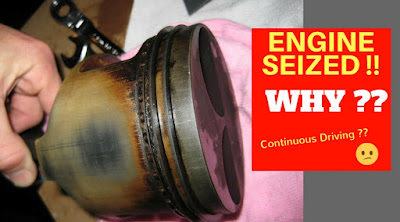Ford has just pushed back the launch date of the Freestyle hatchback-based crossover from 18th April to 26th April, 2018. The reason for the delay in the launch of the Freestyle may be due to the fact that the facelifted Mahindra XUV500 is launching on the same day, and the first drives of the Tata Nexon AMT are also scheduled for that day.
The Freestyle is the rugged version of the Figo hatchback, which sports black honeycomb grille, faux silver skid plates, beefy front and rear bumpers with black body cladding. The ground clearance of the Freestyle is up by 15 mm as compared to regular Figo Variant.It also gets sporty suspension set up over the regular Figo variant.
The Freestyle will be offered in four variants – Ambiente, Trend, Titanium, and Titanium+ and six color options – Canyon Ridge, Absolute Black, Moondust Silver, Oxford White, White Gold and Smoke Grey.
Based on the KA platform that it shares with the Figo hatchback and Aspire compact sedan, the Freestyle is a very important vehicle for Ford, and is one of the biggest launches of this year. The Freestyle is supposed to be priced at Rs. 50,000 more than the Figo, variant to variant. This puts the Freestyle’s starting price at the Rs. 6 lakh mark.
The Freestyle is the rugged version of the Figo hatchback, which sports black honeycomb grille, faux silver skid plates, beefy front and rear bumpers with black body cladding. The ground clearance of the Freestyle is up by 15 mm as compared to regular Figo Variant.It also gets sporty suspension set up over the regular Figo variant.
ENGINE SPECIFICATIONS:
Ford Freestyle will be powered by a new 1.2-liter Ti-VCT petrol engine tuned to give out 95 bhp of power and 120 Nm of torque. The diesel engine, on the other hand, will be tried-and-tested 1.5-liter unit producing 99 bhp and 215 Nm of peak torque. Both engines will come mated to five-speed manual transmission. Ford claims the Freestyle petrol variants will give 19.0 kmpl fuel efficiency while the diesel variants will come with 24.4 kmpl mileage.The Freestyle will be offered in four variants – Ambiente, Trend, Titanium, and Titanium+ and six color options – Canyon Ridge, Absolute Black, Moondust Silver, Oxford White, White Gold and Smoke Grey.
Based on the KA platform that it shares with the Figo hatchback and Aspire compact sedan, the Freestyle is a very important vehicle for Ford, and is one of the biggest launches of this year. The Freestyle is supposed to be priced at Rs. 50,000 more than the Figo, variant to variant. This puts the Freestyle’s starting price at the Rs. 6 lakh mark.



















